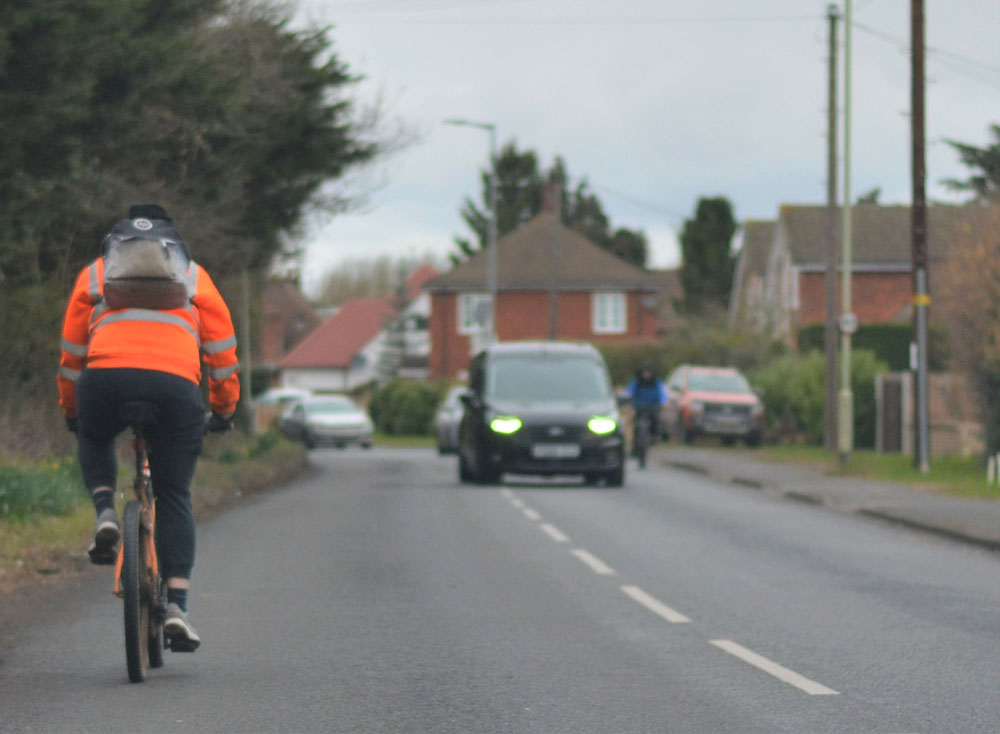
New research has found that the person driving is at fault in nearly three quarters of collisions between cyclists and vehicles.
The research, carried out by Cycling Scotland, highlights that 54 cyclists were killed – and a further 1,836 seriously injured – in collisions on Scotland’s roads between 2015 and 2021.
Analysing the contributory factors in these collisions, Cycling Scotland found that 73% were the fault of the driver.
At 512, the most common cause of a collision was failure to look. Among these incidents, 374 were assigned to the motorist – equating to 73%.
Failure to judge the other person’s path or speed was the second most common contributory factor, noted in 191 of the collisions. Within this figure, 133 were attributed to the driver (70%).
Third in the list was being ‘careless, reckless or in a hurry’, resulting in 154 collisions – of which 101 (66%) were linked to the driver.
Cycling Scotland says the analysis ‘helps us to challenge some of the myths about people on bikes, particularly about the causes of collisions and how to reduce the likelihood or severity of the collisions’.
It points to data which shows a cyclist wearing dark clothing at night was noted in 22 collisions.
Cycling Scotland says: “In collisions between bikes and motor vehicles, the person driving the vehicle is more often at fault than the person riding the bike. Wearing dark clothing or failing to use lights are not common causes attributed to people cycling when involved in a collision.
“Poor driving or riding standards are a much more significant cause of collisions, and it would therefore be ineffective to prioritise action primarily on what someone cycling wears, rather than improving road user behaviour.”
Cycling Scotland stresses that engineering, education and enforcement measures are critical to reducing fatal and serious injuries in collisions involving people cycling – and that these actions ‘need to be prioritised across Scotland now’.
It adds that engineering is the top priority and the development of a cycling network, separate from motorised traffic, is the best way to deliver a safer environment for people cycling.
Comment on this story